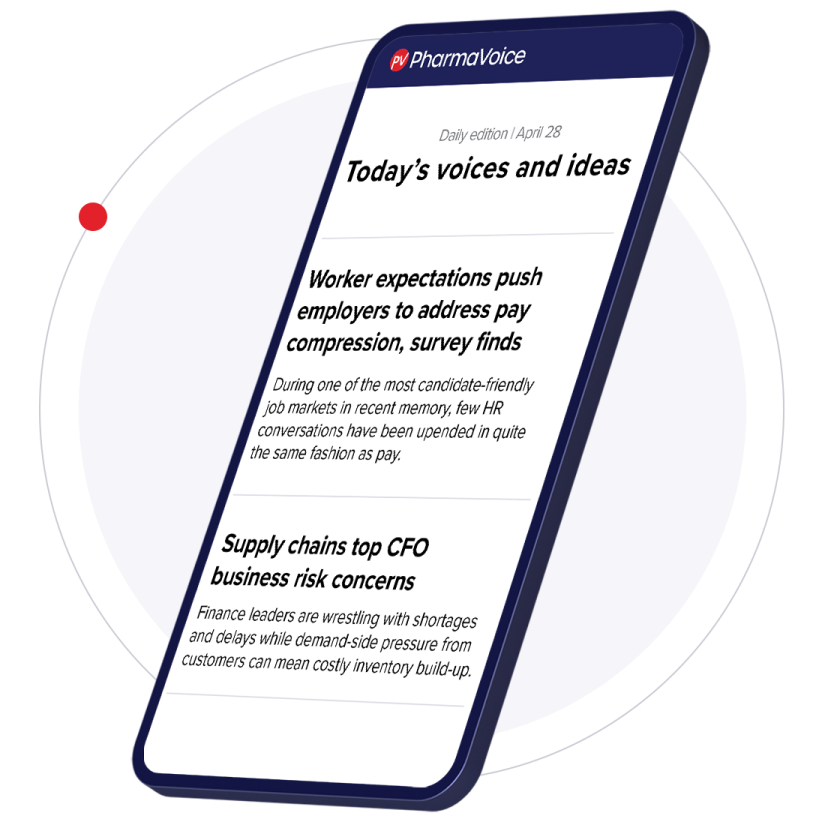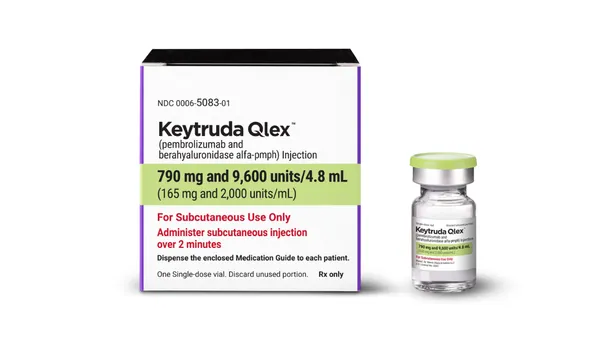Commitment and DTC: Moving Beyond Loyalty to Long-Term Consumer/Brand Connections David Kweskin Senior VP, Practice Area Leader Advertising and Brand Performance When seeking to apply nonprescription market-research techniques to the prescription world, everyone has heard that inevitable cry, “medicines are so different!” Yes, prescription medicines are different, but in many ways they are also the same. Marketers of prescription products can find value in techniques already proven in the consumer world. The rise of DTC and the growth of the Internet have put treatment information in consumers’ hands, empowering them to become drivers in the prescribing decision process. Therefore, prescription marketers must find ways to influence these important stakeholders — and they can turn to their consumer marketing colleagues to borrow approaches. Commitment vs. Loyalty Commitment — a proven relationship metric, now validated across prescription therapeutic classes — is an example of a consumer technique adapted for pharma to become a superior DTC tool. In DTC, commitment means commitment to one brand over other brands. Note, the focus is not on commitment to a category, although brand commitment indirectly impacts category persistence. Commitment and loyalty are not synonyms. Loyalty is a behavioral measure based on past actions. It reveals what people have done, such as their purchase/repurchase patterns. Loyalists are not necessarily committed. Commitment is a psychological measure. It reveals how people feel — the strength of their relationship with a brand. Therefore, commitment is predictive; it lets marketers anticipate future behaviors and not just look in a rearview mirror. Commitment is more than loyalty. While it is good to have consumer brand loyalty; loyalty is fickle. Regulars will stay with a brand until there’s a better offer. When they find a product with a lower price or an improved outcome, they defect. In contrast, committed consumers are attached “at the hip” to a brand. They are less likely to pay attention to competitors’ ads, less likely to request another drug from physicians, and less likely to ask for opinions from friends and relatives. Moreover, they are willing to pay more, are less likely to defect, and are active “missionaries” for the brand. In essence, they will give you as much business as they can. Defining Commitment Commitment has three dimensions: • Needs Fit — How do people rate your brand? How do alternatives compare? • Involvement — How important is choice in the market? • Ambivalence — How much are people torn between different choices? Are there many or few reasons to choose another brand? The leading brand does not necessarily have a hold on commitment. The chart on the far right on the adjoining page shows that Brand A is a distant #2 in category volume. Yet, it is in a more favorable position among its users, with almost two-thirds committed. In contrast, Brand B — though the market leader — has just half of its users committed. Time is on the side of #2 — all else being equal — which will eventually prevail over #1. This is powerful information for Brand A and Brand B. Brand A can see its opportunity, while Brand B can assess its risk. With commitment, even brands that are market leaders can identify where they may be in peril, so they can strengthen commitment and protect against switching. Drawing Conclusions DTC spending was estimated at $4.65 billion in 2005, and in the first trimester of 2006 it increased 7%. Commitment is essential for ensuring brands are maximizing return on growing DTC investments. With commitment, companies can better target promotions, identify the users and nonusers likely to stay or defect, and develop the messages likely to impact the actions of each. Commitment gives an added dimension to traditional measures, letting companies determine if share is safe, where even market leaders may face risk, where opportunities exist to increase the lifetime value of users, and how to attract available nonusers to their brands. It takes brands beyond loyalty to a new level of attachment, ensuring optimum use today and into the future. TNS Healthcare, New York, which is part of TNS, provides globally consistent solutions and custom advisory services to support product introductions, brand treatment, and sales-performance optimization, as well as professional and DTC promotional tracking. For more information, visit tns-global.com. September 2006 VIEW on Marketing To access a FREE WebSeminar on Optimizing DTC Advertising, go to pharmavoice.com/weblinx/dtc. ROI by Lifetime Value (scanner panel data) An example from a consumer packaged goods analysis proves that increasing commitment has a dramatic effect on lifetime value. Moving a user from uncommitted to highly committed increases lifetime value 1,900%. Commitment not only lets marketers increase the value of current users, it also identifies competitive users who can be most easily persuaded to switch to their brands. As a result, marketers can size and grow opportunities by exploiting competitive vulnerabilities. Commitment May Not Be a Leading Brand Phenomenon Market Research
An article from


Commitment and DTC: Moving Beyond Loyalty to Long-Term Consumer/Brand Connections
Filed Under:
Commercialization









